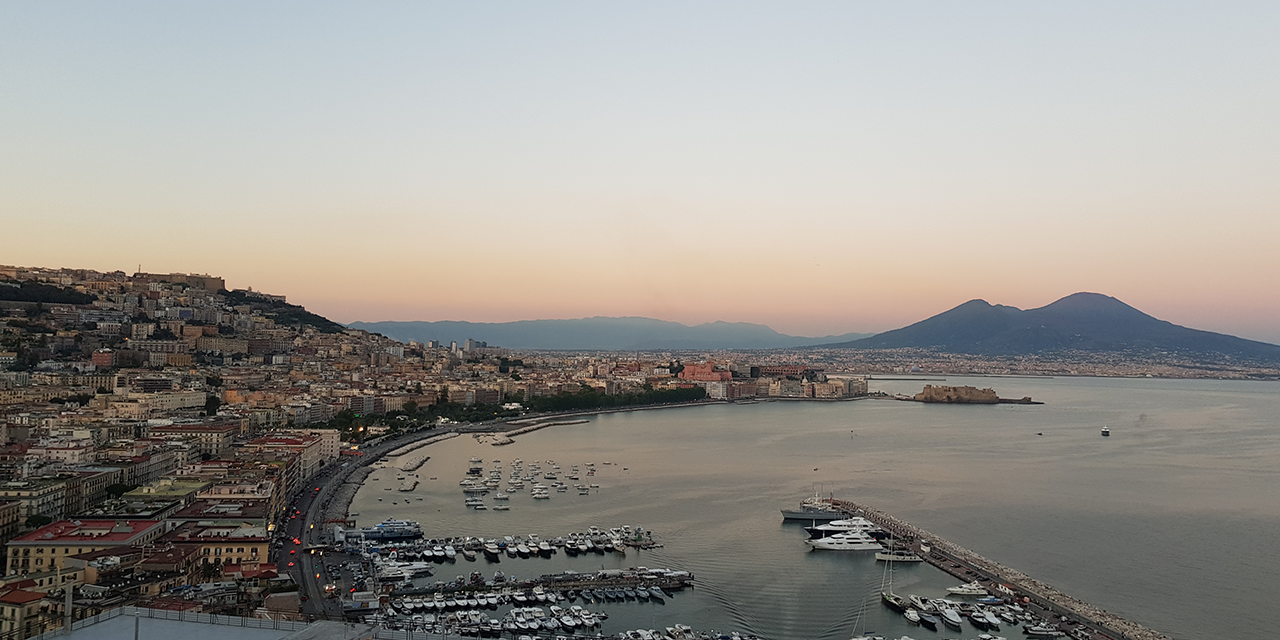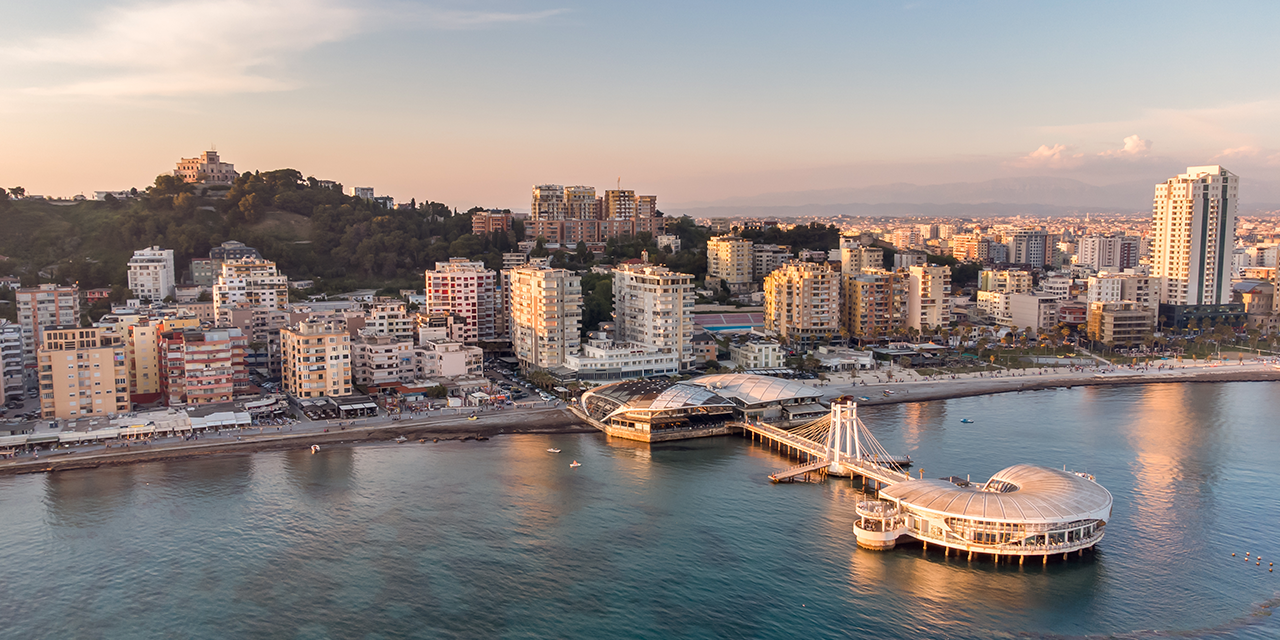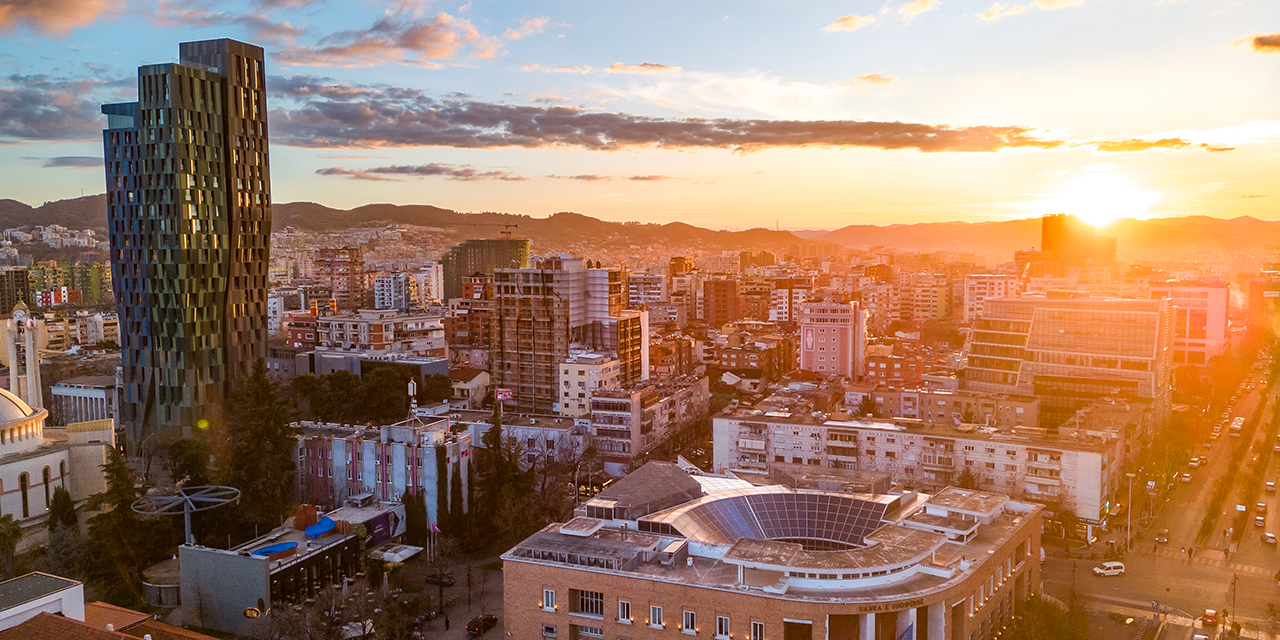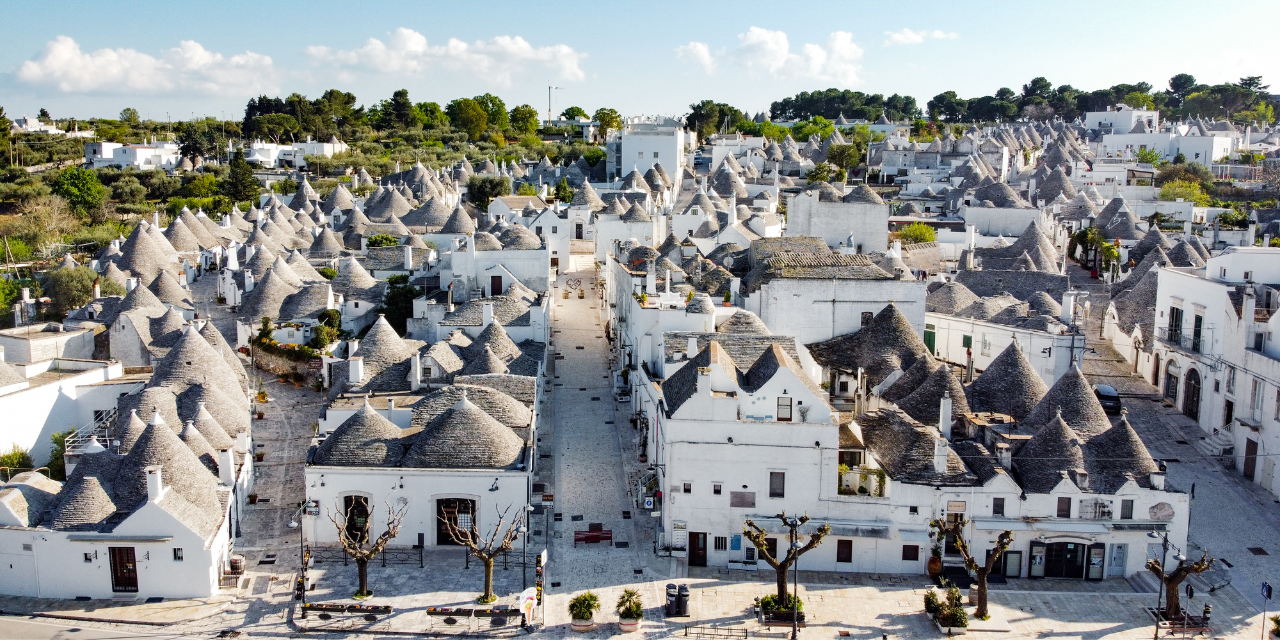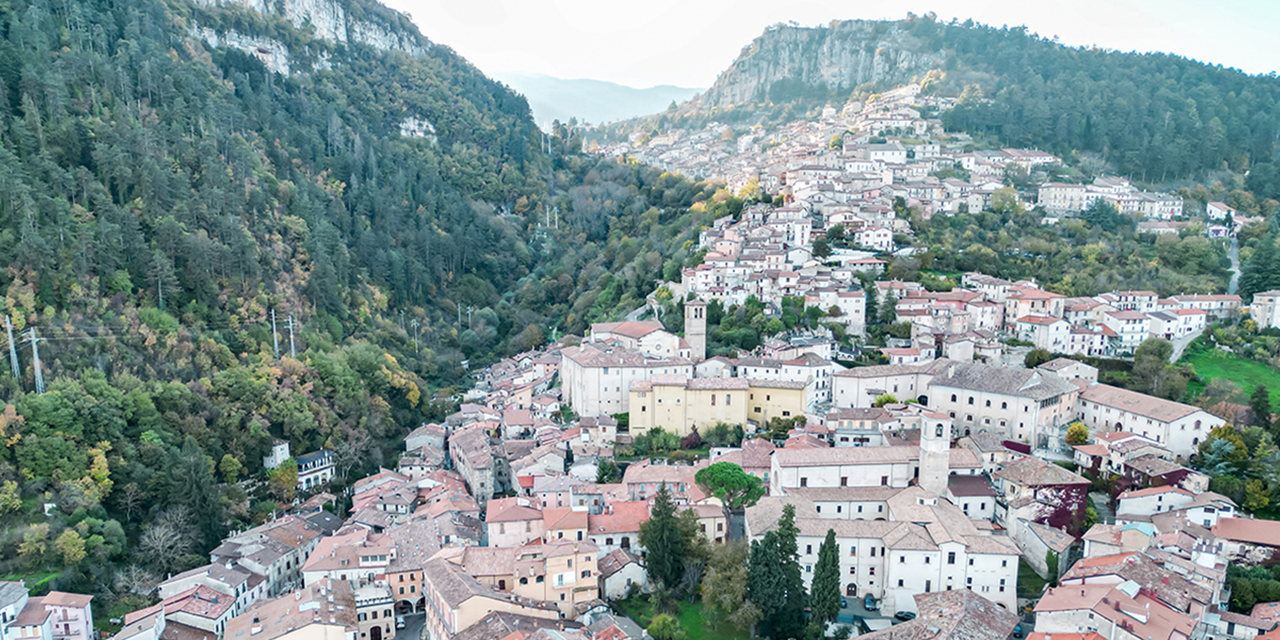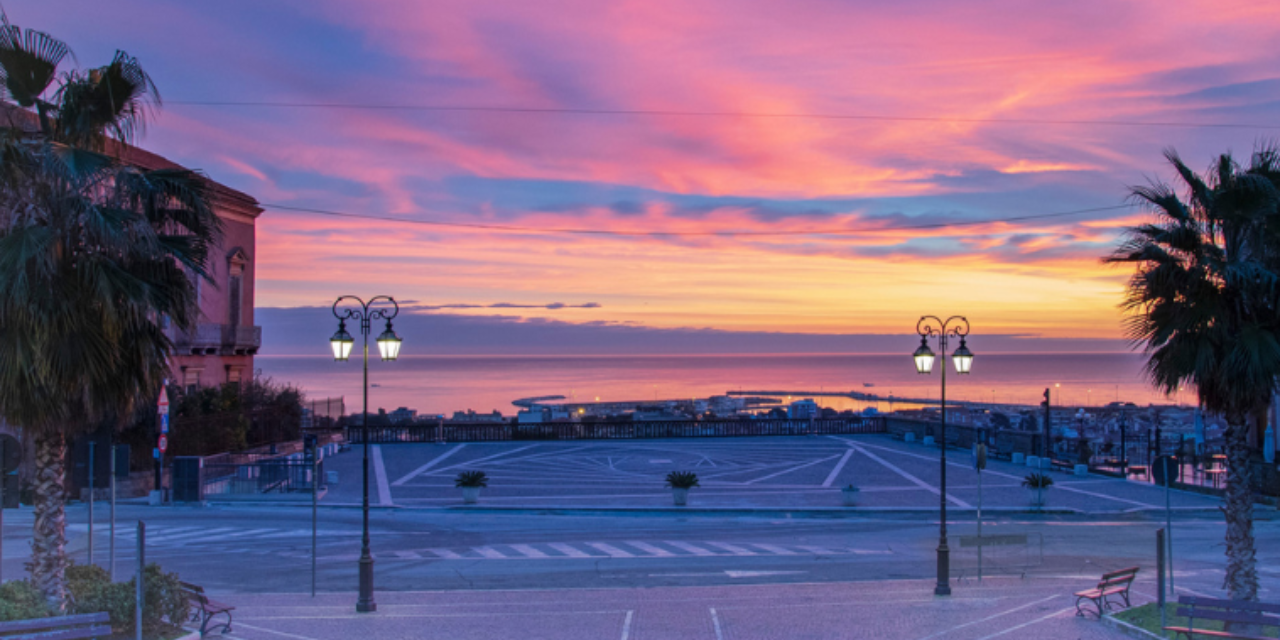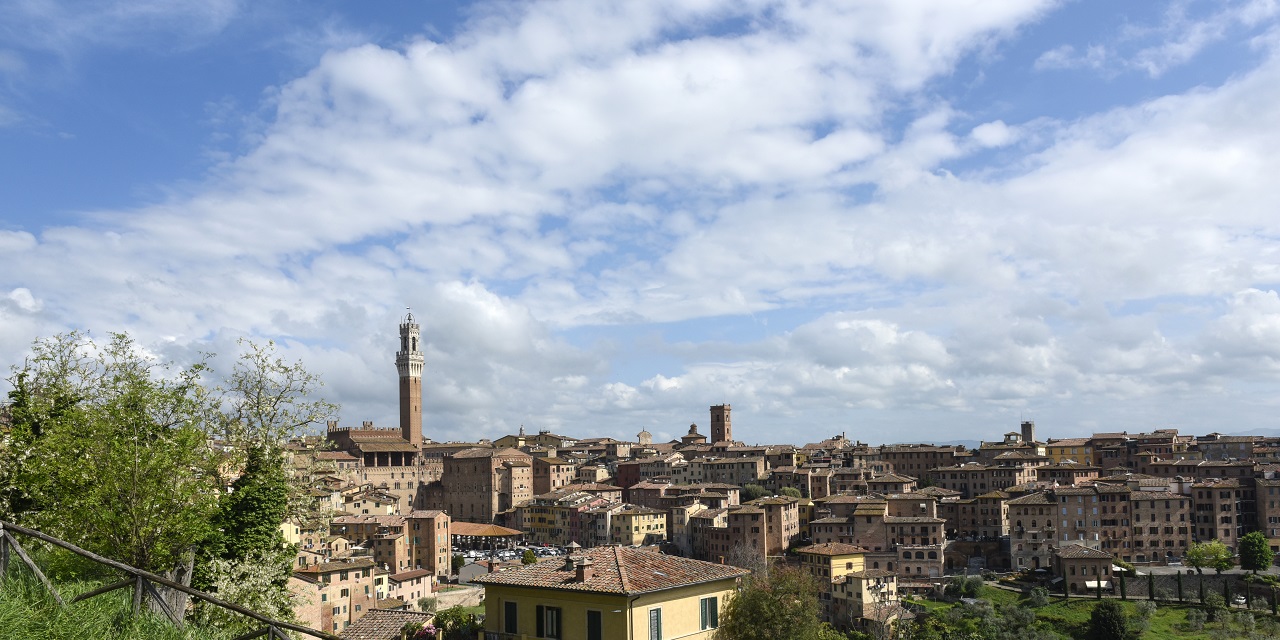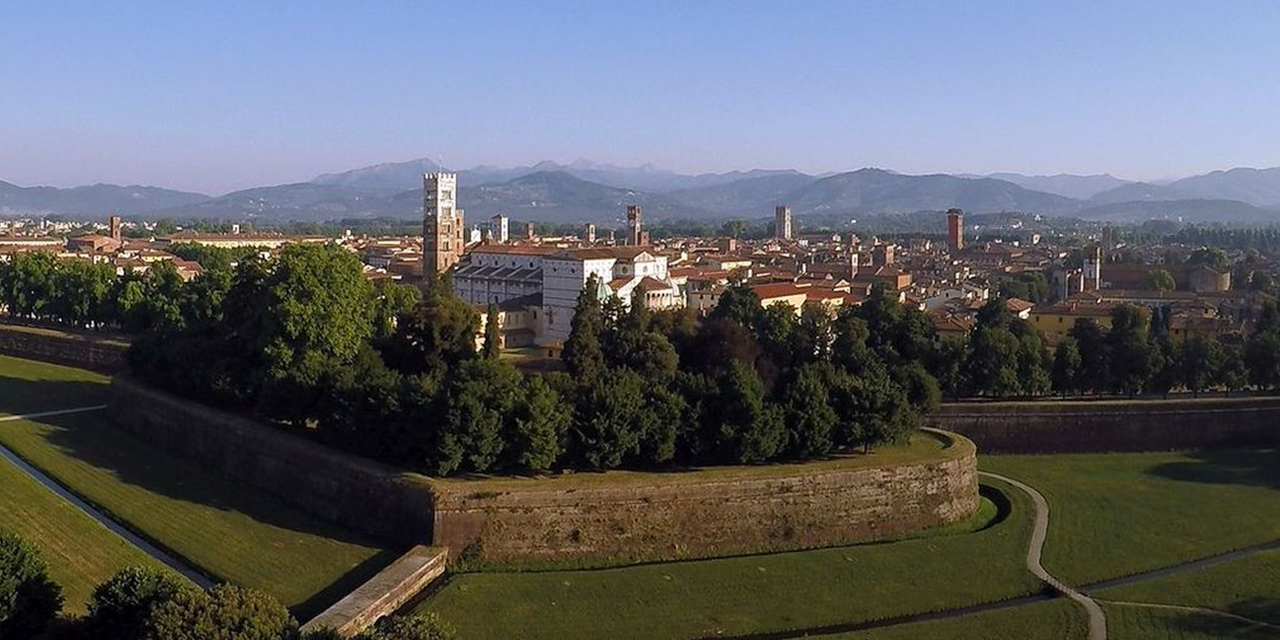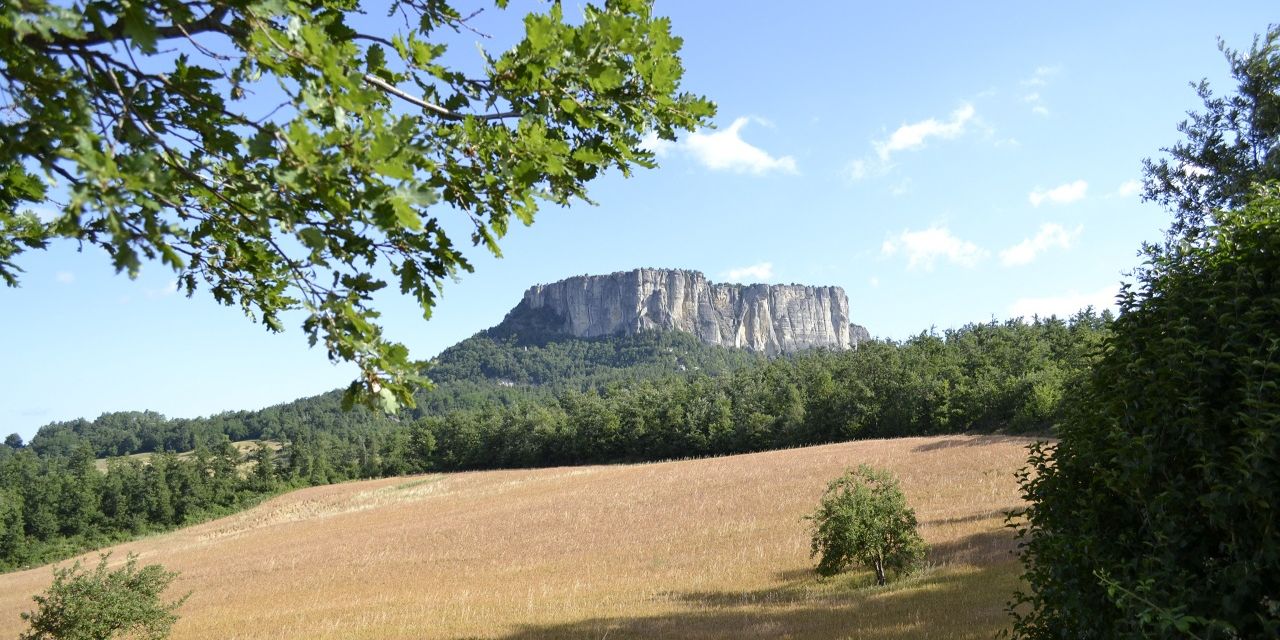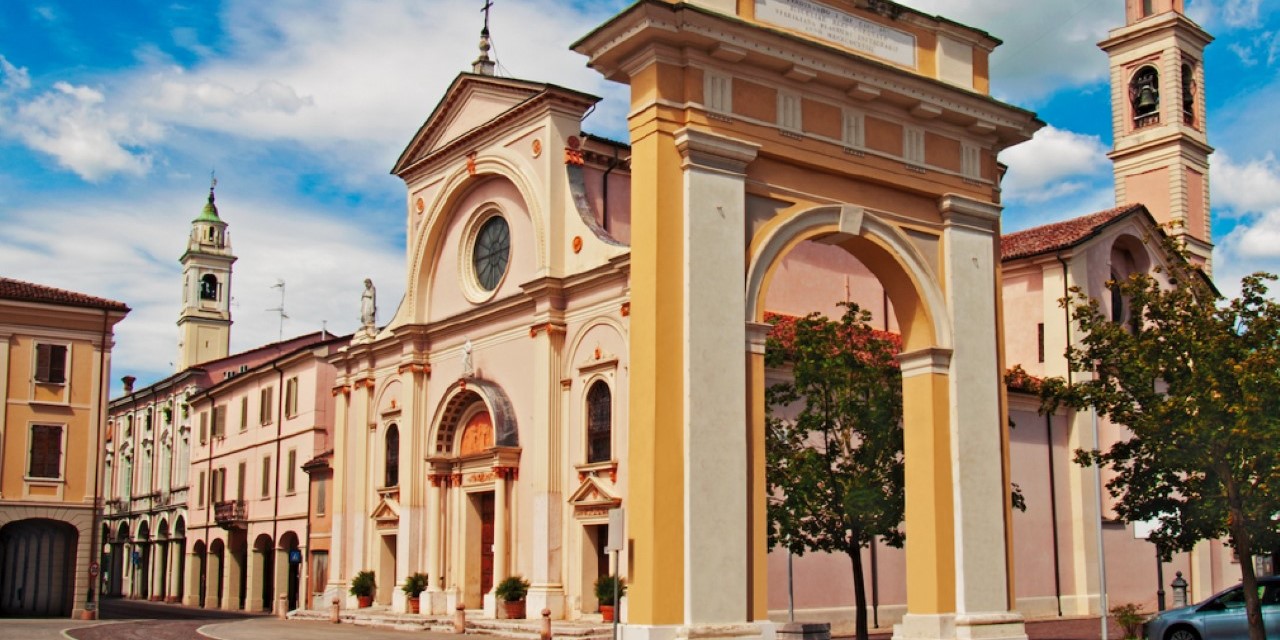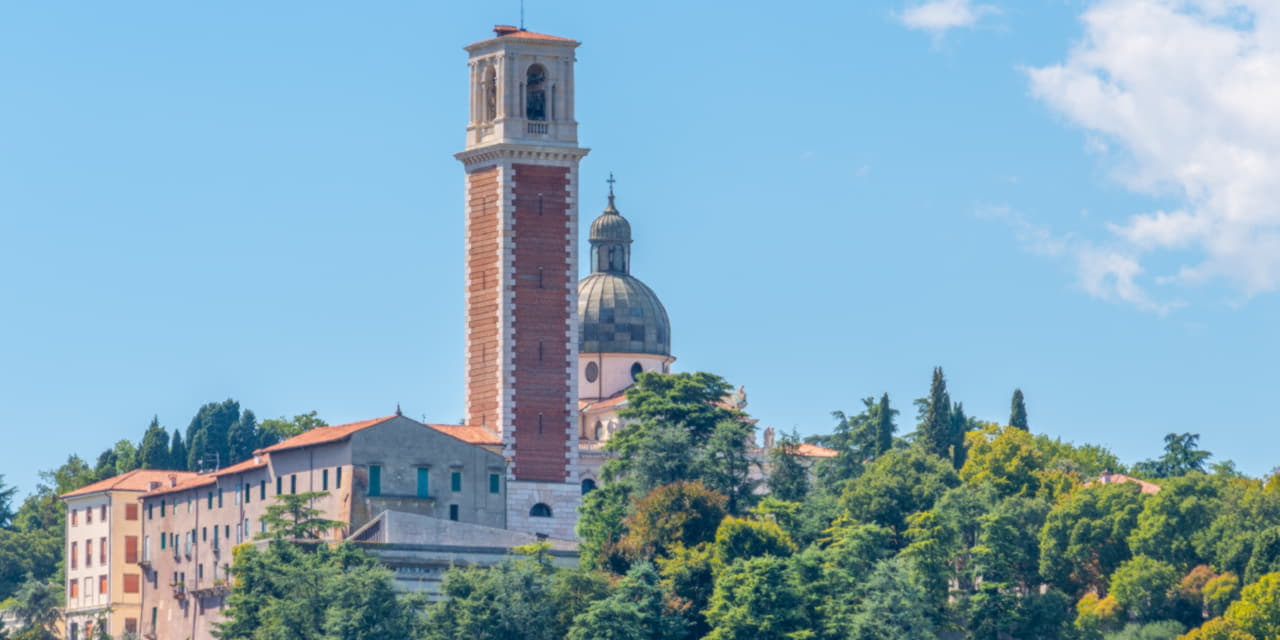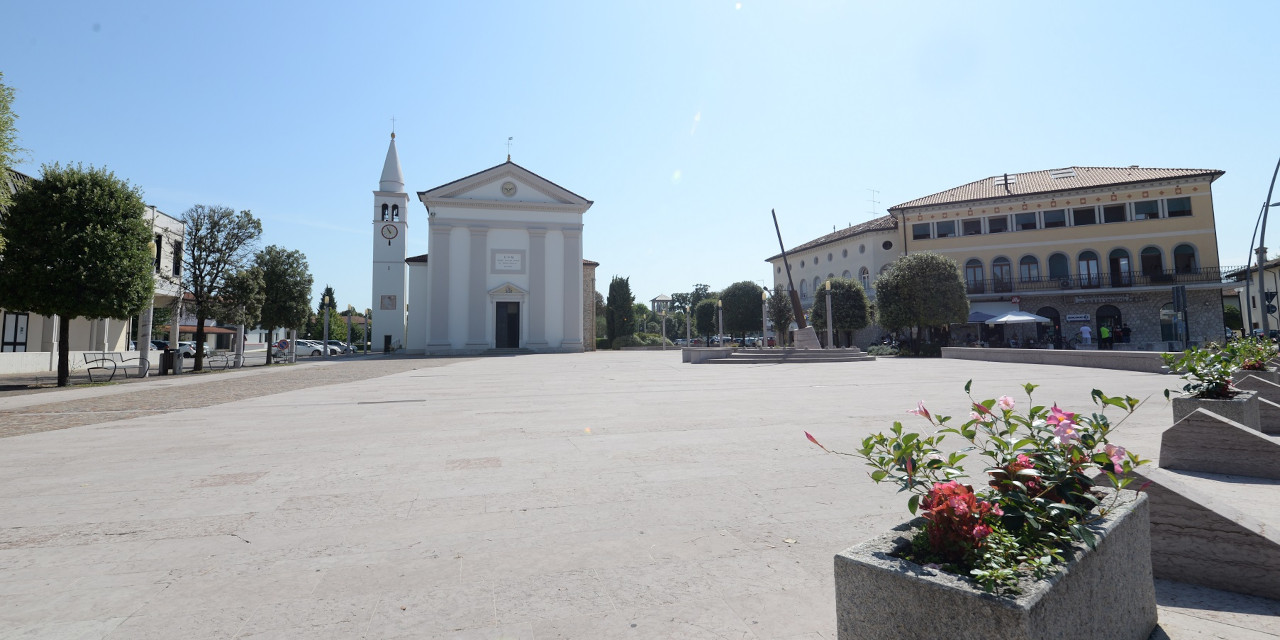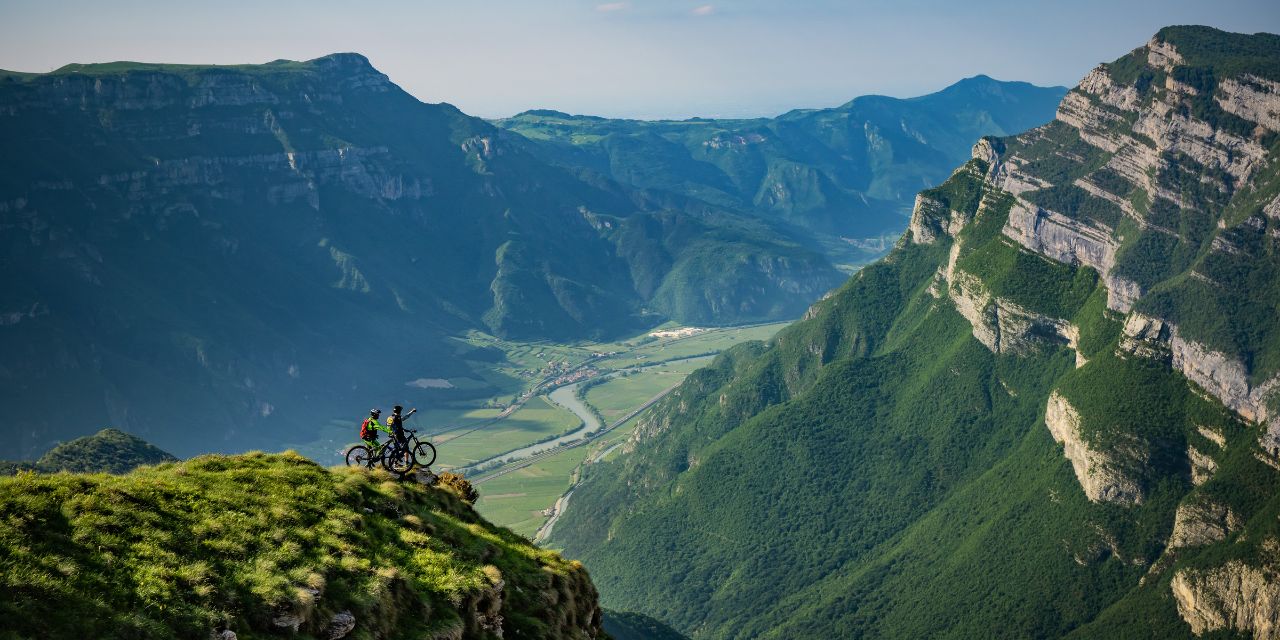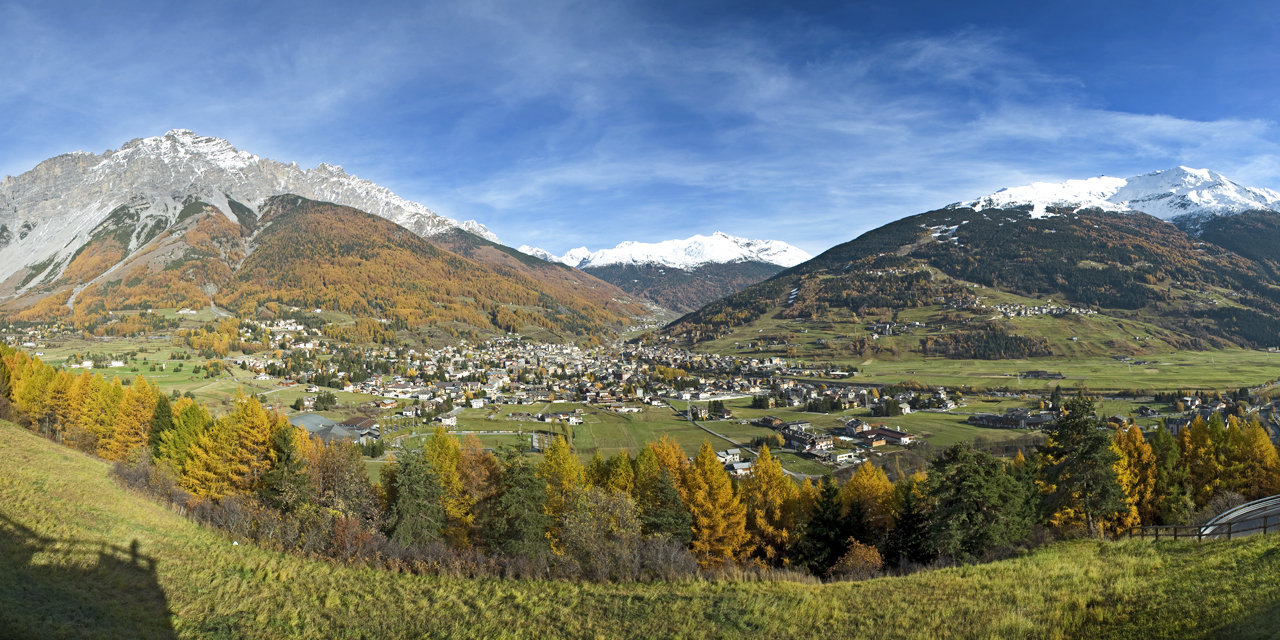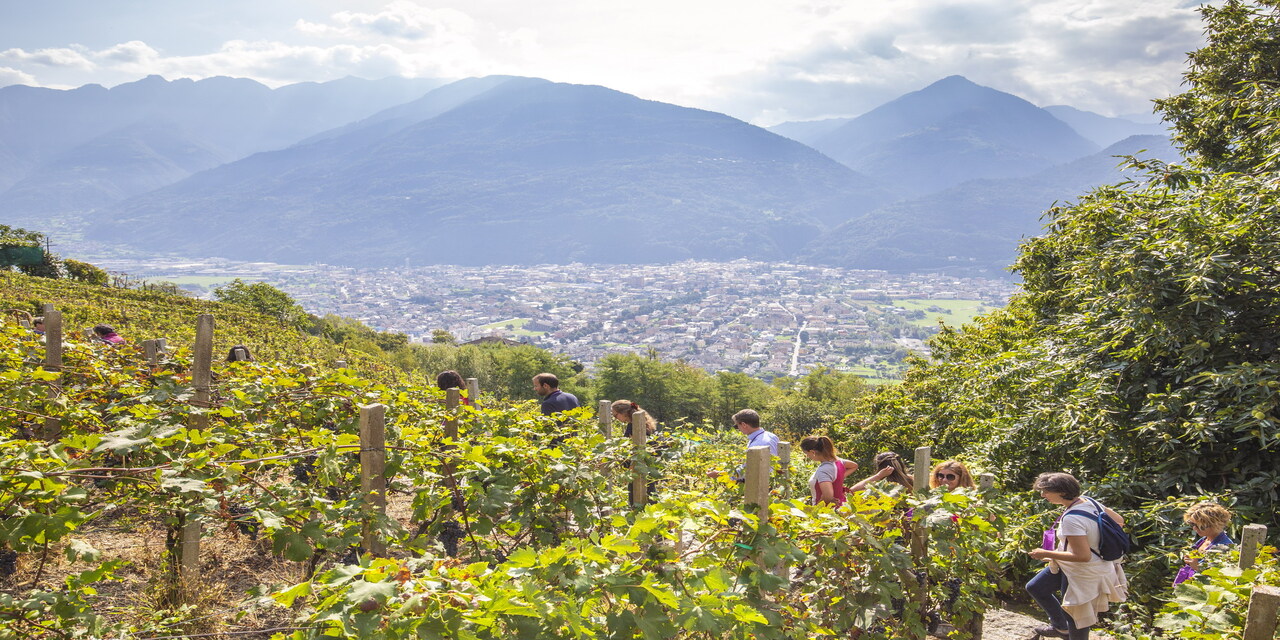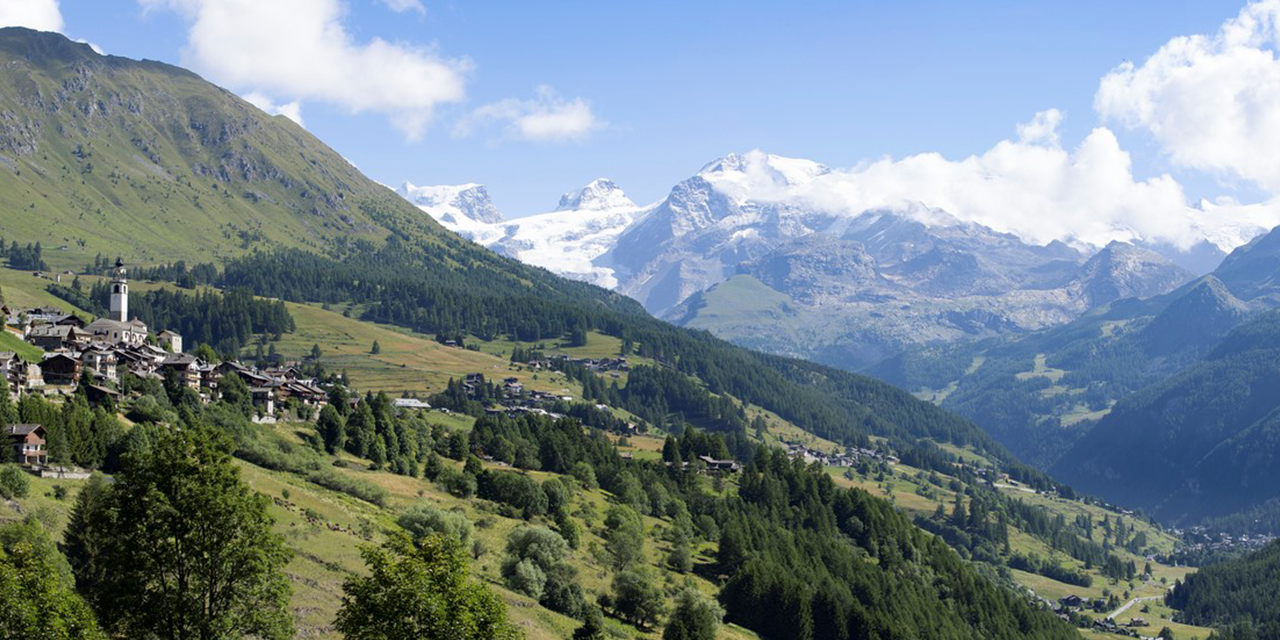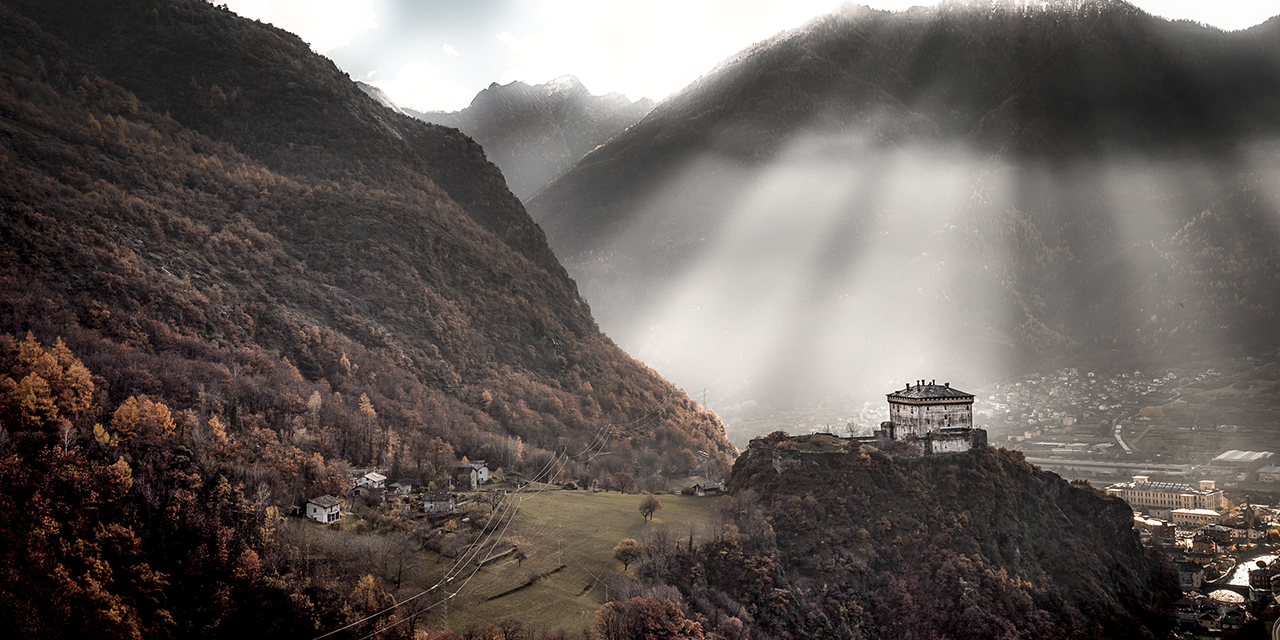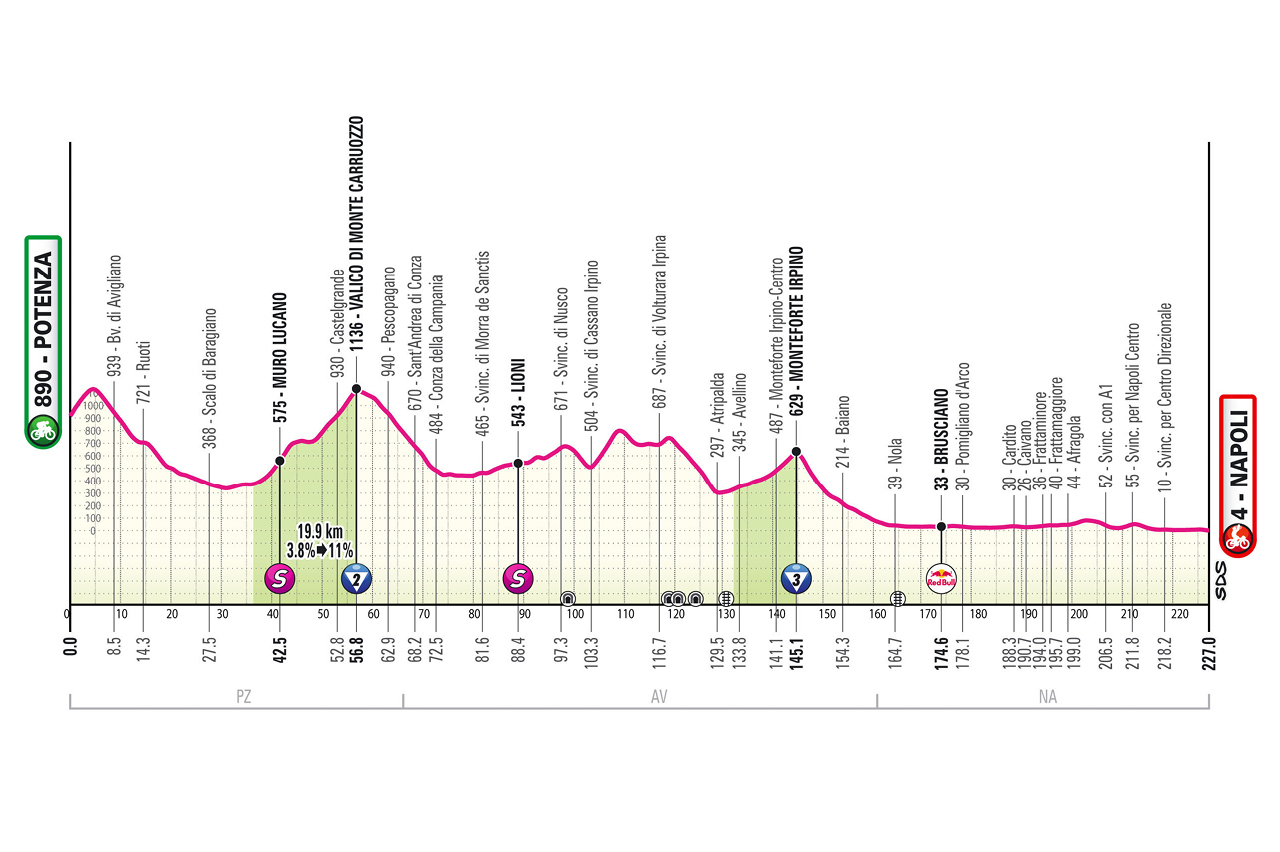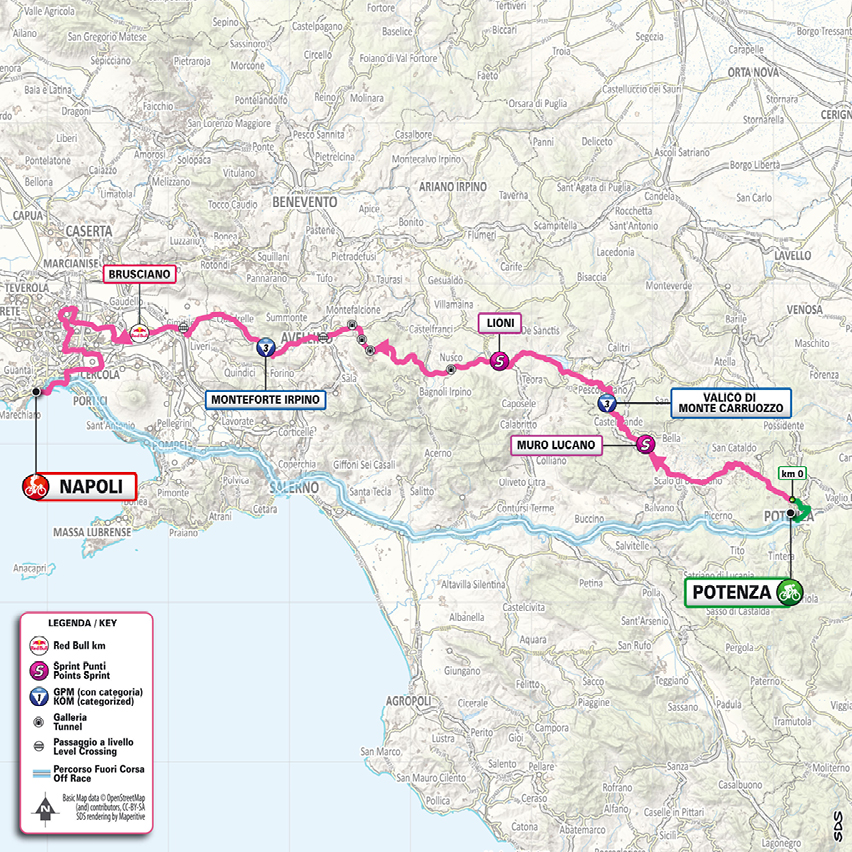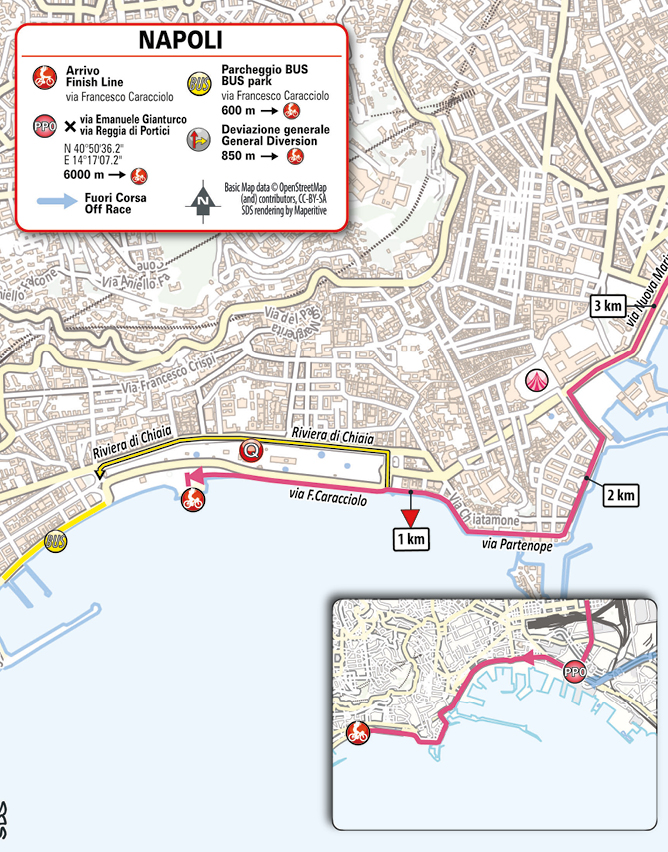Potenza
Overview
Potenza is the capital of the Basilicata region as well as its most populous municipality. Located at an altitude of 819 metres, it holds the title of the highest regional capital in Italy. Known as the “vertical city”, Potenza features a historic centre perched atop its highest hill, connected to the lower districts by a network of stairways, including the longest escalator system in Europe. Founded by the Lucanians in the 4th century BC, it became the regional capital in 1806 under French rule. Among its main points of interest are the Cathedral of San Gerardo, the Guevara Tower, and the Teatro Stabile.
Gastronomy
The cuisine of Potenza and Basilicata is a fusion of rural traditions and authentic flavours, featuring simple yet intense ingredients that reflect the region’s history. Among the most representative dishes are Bocconi di maiale con peperoni all’aceto, a dish that enhances the bold flavour of pork, cut into pieces and slowly cooked with peppers and vinegar, creating a perfectly balanced contrast between the sweetness of the meat and the acidity of the marinade. Another iconic dish is the Trittico lucano al ragù “cu drupc”, a rich and flavourful meal that combines three types of meat—usually beef, pork, and lamb—slow-cooked in a thick and robust ragù, enriched with local spices and aromas. This dish is a celebration of meat in Lucanian tradition and is a staple of Sundays and festive occasions.
Soffritto di agnello is a rustic recipe that fully enhances the intense flavour of lamb. It is prepared with lamb offal, sautéed with onions, chilli peppers, and tomatoes, resulting in a dish with a strong and authentic taste, typical of the mountainous areas of Basilicata. Bread soup with turnip greens, on the other hand, is a humble yet incredibly tasty dish born from peasant tradition. Stale bread is softened in a flavoured broth and served with turnip greens sautéed with garlic, olive oil, and chilli. This dish embodies the essence of Lucanian cuisine, which turns simple ingredients into genuine delicacies.
Among the standout pasta dishes are Strascinati, a typical fresh pasta from Basilicata served with crispy fried dried peppers—peperoni cruschi—that give the dish its distinctive crunch, cacio ricotta, a savoury local cheese, and toasted breadcrumbs, adding extra crispness and flavour.
Wine and beverages
Potenza offers a selection of traditional beverages that further enrich the gastronomic experience of the region. Among these is the Spritz Potentino, a local variation of the famous cocktail, distinguished by the use of regional ingredients that give it a unique and distinctive taste.
Gassosa Potentina is a carbonated soft drink with a sweet and citrusy flavour, highly appreciated for its refreshing qualities and often used as a base for local cocktails or enjoyed on its own during the hot summer months. The Revisco, produced mainly from Nebbiolo grapes grown in the vineyards of Piano di Zucchero, and the Ballocchio are the only wines produced within the Municipality of Potenza, and they are part of the larger Basilicata I.G.T. wine family. The Basilicata region counts around 2,000 hectares of vineyards, with Aglianico del Vulture standing as its flagship grape variety.
Points of Interest
The historic centre is a true journey through time, with characteristic alleys and noble palaces. The Duomo di San Gerardo, dedicated to the city’s patron saint, is one of the most important churches in Basilicata, featuring a neoclassical façade and interiors adorned with frescoes and works of art.
The Guevara Tower is an ancient monument built between the 9th and 10th centuries AD. It is the only surviving remnant of the noble castle owned by the Count Guevara family. Originally constructed as a lookout to monitor the fluvial route of the Basento River, the castle was donated in the 17th century to the monks of San Carlo, who converted it first into a monastery and later into a hospital. After World War II, the castle was demolished, leaving only the current tower, which rises to a height of 20 metres over three floors. It has an internal diameter of 7 metres and an external diameter of 10 metres, with 86 steps and 7 windows. Located at the eastern edge of the historic centre, the tower played a crucial defensive role during the Middle Ages against barbarian raids. Remarkably, it has remained largely intact over the centuries, surviving even major earthquakes such as the one in 1980. Today, it serves as an art gallery and a venue for cultural activities.
Ponte Musmeci, with its futuristic design, is a masterpiece of modern engineering and one of the city’s landmarks. Another key attraction is Teatro Francesco Stabile, the only opera house in Basilicata, which hosts performances and concerts of national significance.
For nature lovers, Parco di Montereale offers a green oasis in the heart of the city, perfect for walks and relaxation.
These sites make Potenza a fascinating destination where history, culture, and nature harmoniously blend, offering visitors an authentic and evocative experience.
Napoli
Overview
Naples, one of the most fascinating and historic cities in Italy, is renowned for its cultural, artistic, and culinary heritage. The historic centre, a UNESCO World Heritage site, is filled with landmarks such as the Duomo, the Maschio Angioino, and the Royal Palace. Naples is also the birthplace of pizza and a hub of musical tradition, home to the famous Teatro San Carlo. Overlooking the city is Mount Vesuvius, while the stunning Amalfi Coast is just one of the many natural wonders that surround this vibrant metropolis.
Gastronomy
If any food should be associated with Naples, it would definitely be pizza: the classic and most famous “pizza Margherita”, topped with mozzarella cheese, tomatoes and a leaf of basil, has been joined by many new and refined “gourmet” recipes, recently in vogue and able to suit all tastes. Pizza, in Naples, is a “serious matter” and the job of “making it” is considered as pure art: that is why nothing is improvised, and its preparation is made of precise gestures and procedures, wisely handed down from one artisan to another. In fact, in 2017 the “art of Neapolitan pizza-makers” was declared “Intangible Heritage of Humanity” by UNESCO, thereby recognising pizza’s cultural relevance and identity value as a “Neapolitan (quality) brand”.
However, visitors willing to enjoy the flavors of traditional Neapolitan cuisine must prepare to be spoilt for choice! Among other typical products, a very tasty one is “casatiello”, a sort of “rustic pie”, made of a dough mixed with pepper and lard and filled with eggs, salami and cheese, traditionally prepared for Easter.
Actually, even Neapolitan pastry offers plenty of delights; sweet lovers can not miss a stop in a traditional pastry-shop to taste one of the local delicacies: the famous “Babà”, offered by every café and restaurants, either in its classic rum-flavored recipe, or covered in custard, cream or chocolate; still, the traditional “Sfogliatella”, a pastry with a delicious filling of semolina, ricotta cheese, eggs, sugar, candied fruit cut into small pieces, either wrapped in a shell-shaped crunchy puff pastry (the so called “riccia”) or surrounded by a round-shape thick shortbread (“frolla”) Babà and Sfogliatella flavoured ice cream definitely deserves tasting too.
Wine and beverages
Coffee is one of the symbols of Naples. Appreciated for its restoring property it is more than a simple beverage. Offering a cup of coffee or simply drinking it has a symbolic value, it’s a kindness, it’s an act of friendship. Coffee is an opportunity for shortening distances and engaging a conversation. In Naples there is the custom of “caffè sospeso”: when you take a coffee in a bar you can pay for an other coffee than is destinated to an other customer who will ask for. In this way is offered to a person who can not afford the price of the coffee.
Although it is appreciated in all its varyties the most traditional manner to prepare the coffee is using the so-called “cuccuma” the typical neapolitan coffee maker. It’ is composed of two overlapped containers. One is fill up with water and the other one with coffee powder. When the water boils, it is necessary to overtun the coffee maker in order to make water filter through the coffee powder. During this procedure it’s better to cover the spout of the coffee maker with a “coppettiello” that is a piece of paper fold as a cone in order to preserve the coffee aroma. It is taught by Eduardo De Filippo in his famous comedy “Questi fantasmi”.
Points of interest
More and more people, from Italy and all over the world, plan to visit Naples every year. Its historical and cultural heritage makes Naples one of the top tourist destinations. Its several churches and museums, its typical alleys, and its ancient nobile buildings, tell us about two thousand-years of history, rooted in a crossroad of people and civilizations that deeply influenced the local culture and features.
Though, Naples captivating beauty does not come exclusively from its long history. This place is also fertile ground for innovation and creativity. A significant event has been the recent opening of Line 1 – Metro stations, the so called “Art Stations”. These stations have been designed by renowed architects (such as Alvaro Siza, Gae Aulenti, Massimiliano Fuksas, Karim Rashid, Alessandro Mendini, Oscar Tusquets Blanca) and great contemporary art-works have been placed within them. Not surprisingly, they are called “compulsory museums”, since daily passengers cannot avoid to look at the contemporary artworks displayed there, as well as to admire the city’s ancient greek and roman ruins, emerged from the metro line’s costruction sites.
Likewise, in its traditional “vicoli” (narrow and shadowy alleys), Napoli bursts with art and beauty. In the renowed, popular districts of “Quartieri Spagnoli” (“Spanish Quarter”) and “Sanità”, special tours are arranged to discover the many graffitis, and site-specific artworks recently appreciated, such as the street-artist Jorit, whose trademark is a powerful, almost photographic, realism in portraying famous people linked to Neapolitan history and culture. Among them, stands out the portrait of San Gennaro, city’s Patron Saint, depicted on the facade of a popular building, just a short walk from the Cathedral where his relics are preserved.
The underground city is very interesting too. It is possible to visit ancient tufa quarries that in the past where used as cisterns and also as shelters during the Second World War.
People who arrive in Naples have also to visit the hill districts. In Vomero it is possible to see the Charterhouse of San Martino or the XVth century Castle of Sant Elmo from which is possible to admire the city from above. Another panoramic point of the city is the hill of Posillipo. From here tourists can appreciate the Gulf of Naples and Sorrento coast.

